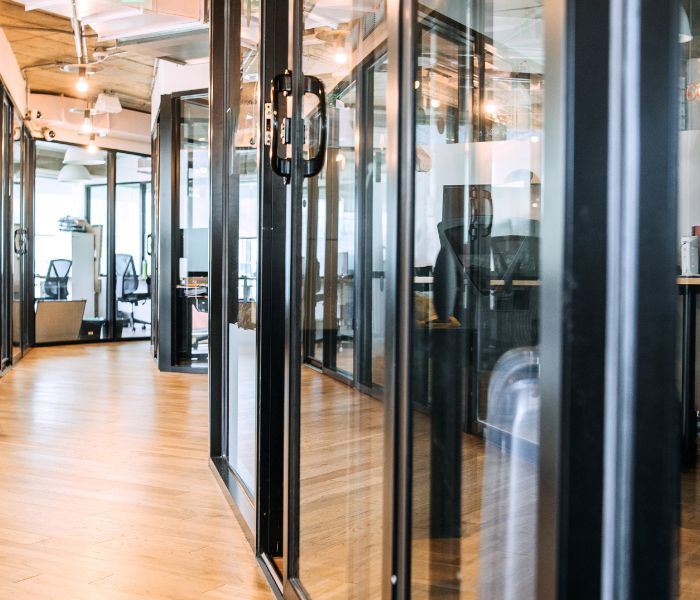As a supplement to this reading, when you are done, take a few minutes and go read the “About Me” section of some of the largest co-working companies you can find. Then compare that with the same section of the largest office landlords you can find. You will most likely notice opposite approaches where one is focused entirely on the people and the actual work done in the offices, and the other is focused on the physical assets. As the world slowly shifts away from 100% working from home to back in the office at some capacity, there is a strong likelihood that post-pandemic offices no longer look like their old corporate offices but more like the relaxed and shared spaces often referred to as co-working offices. Some of the reasons are obvious, but some of the facts and figures behind it may surprise you.
Benefits of Physical Office Space
What a “day in the life of” looks like has really changed in the last 12 months. Laborious and long commutes have turned into walks down the hallway to the coffee maker. People are working on their couch, at a table, in the backyard or anywhere that has Wi-Fi. In a recent Harvard Business Review article, it estimated that employees actually spent 48.5 more minutes working during lockdowns than they were before, with the actual number of meetings increasing 12.9% and the number of attendees being up 13.5%. In another study done towards the end of 2020 by Microsoft and the Wharton School, Dr. Michael Parke of the Wharton School calls out the fact that personal productivity gains are sacrificing a sense of purpose for employees. People feel more relaxed on the couch and in an informal setting, yet as Dr. Parke points out the personal satisfaction is lacking because people cannot physically see the impact they are having on others. Businesses have continued to operate virtually however, and that leaves an enormous question around the need for physical office space. A question that might sound like this, “Even though employees are getting more done, does the elimination of hundreds of millions of dollars of real estate property and equipment make up for the gap that might result from the unsatisfied employee?” The answer in the short term may be yes, but most companies are going to need some sort of physical space in the future to promote effective collaboration efforts that fulfill the needs of the company AND the individual.
This is where the co-working concept will plausibly start to change the way offices work. Most people have heard of the co-working giant WeWork for one reason for another. Some of the most fascinating things about WeWork are found in the data. One statistic about WeWork that has not been widely evangelized with corporate real estate is this one, WeWork averages around 50 square feet per member. If you have spent your career in corporate real estate your eyes probably just got really big. To compare, JLL estimated in 2020 that the average space need was 196 per employee and NAIOP estimated similarly a couple years prior at 194 square feet per employee. The good news is that the co-working models have proven an organization can deliver a more efficient office without sacrificing feng shui.

Rationalize Your Portfolio and Focus on Employee Experience
There are several reasons why co-working offices were gaining so much momentum pre-pandemic. A few reasons are: flexible short term lease options (often month-to-month), convenient locations to work near the employee’s home, relaxed yet inspiring designs, the ability to be around and collaborate with others in a stimulating atmosphere, and amenities. To effectively manage this is no small task. Companies will need a way to measure and plan the space, to enable the employees to manage their time, and last but definitely not least a way to track data in order to deliver actionable insights about the portfolio. The square footage gap between co-working and the corporate office should be viewed as an opportunity companies have in front of them as employees start to come back to work in a vaccinated world. Focusing on the employees and not the assets should be the driving force. You can absolutely rationalize a portfolio while at the same time giving employees an environment similar to the one they were comfortable in while working from home.
Learn how Samsung and Highmark Heath leveraged technology to rationalize their real estate portfolios and create a new hybrid workplace strategy >












